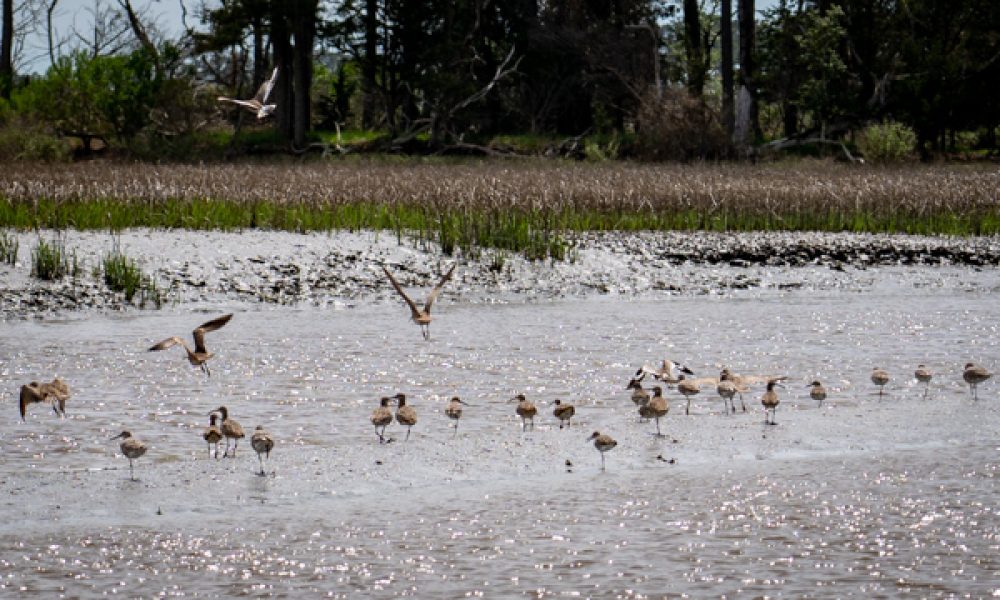Eastern Shore of Virginia Nature: Best Places to Explore
The Eastern Shore of Virginia is a nature lover’s paradise. From the Eastern Shore of Virginia Wildlife Refuge in the south to the Chincoteague National Wildlife Refuge in the north, the region offers endless opportunities for outdoor adventure. Whether you’re birding, hiking, or exploring pristine beaches, the Eastern Shore of Virginia nature experience is unforgettable.
Here’s a guide to some of the best spots to start your adventure!

Eastern Shore of Virginia Wildlife Refuge
Located at the southern tip of the Eastern Shore, this 1,123-acre refuge is one of North America’s most important bird migration corridors. Each fall, hundreds of bird species pass through, including songbirds, raptors, and monarch butterflies. Over 400 species have been recorded here, making it a must-visit for birdwatchers exploring the natural beauty of Virginia’s Eastern Shore.
Explore more family-friendly activities near Cape Charles ➔
Kiptopeke State Park: A Natural Gem
Just three miles north of the Chesapeake Bay Bridge-Tunnel, Kiptopeke State Park offers cabins, RV and tent camping, a boat ramp, a lighted fishing pier, and over five miles of hiking and biking trails. It’s another prime destination for experiencing Eastern Shore of Virginia nature firsthand.
Savage Neck Dunes Natural Area Preserve
Only 12 miles from Cape Charles, Savage Neck Dunes Preserve features towering sand dunes, maritime forests, and pristine Chesapeake Bay beaches. It’s a beautiful spot for hiking and spotting migratory songbirds, and it offers a glimpse of the unique coastal ecosystems that define the Eastern Shore of Virginia’s natural beauty.


Brownsville Preserve: Nature Conservancy Trails
Located in Nassawadox, the 1,250-acre Brownsville Preserve is part of the William B. Cummings Birding and Wildlife Trail. Visitors can hike, birdwatch, bike, and take in the unspoiled coastal scenery that makes the Eastern Shore of Virginia nature experience so special.

Chincoteague National Wildlife Refuge
At the northern tip of the Eastern Shore, Chincoteague National Wildlife Refuge spans over 14,000 acres of beach, dunes, marsh, and maritime forest. It’s home to the famous Chincoteague ponies and offers abundant opportunities for wildlife photography, observation, and fishing.
Visit CapeCharlesVirginiaScape.com for more Eastern Shore adventures ➔
Virginia’s Barrier Islands: Untouched Coastal Wilderness
Off Virginia’s Eastern Shore lie 14 uninhabited barrier islands, forming the longest stretch of coastal wilderness on the eastern seaboard. Designated as an International Biosphere Reserve, these islands offer a glimpse into pristine coastal ecosystems. Visitors are encouraged to explore via guided kayak or boat tours—and to learn more at the Barrier Islands Center in Machipongo.




